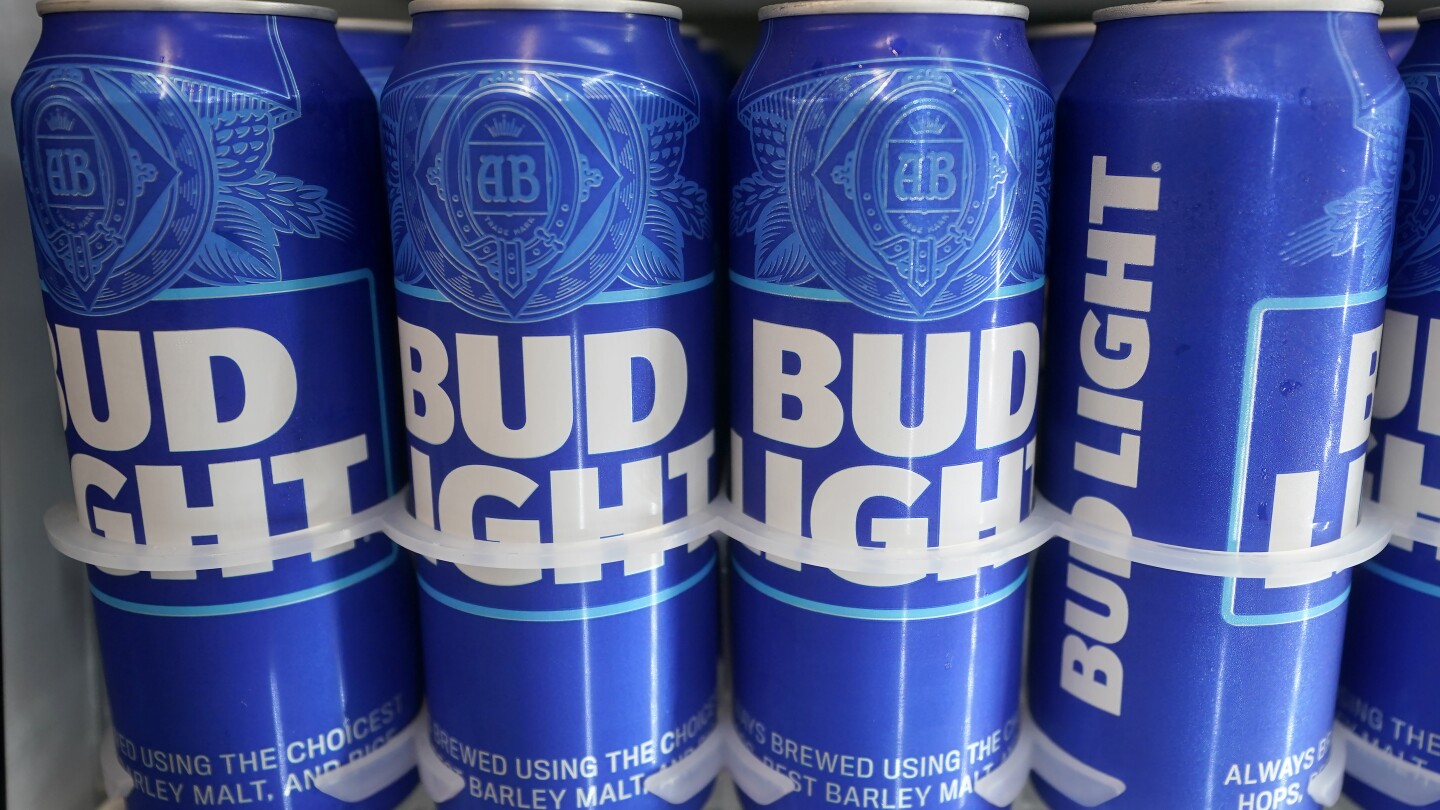Anheuser-Busch Inbev said Tuesday that revenue growth in most of its global regions was offset by a drop in North American sales, in a sign of continuing fallout from a promotion with a transgender influencer that cost it sales.
The world’s largest brewer and parent company of Bud Light said adjusted earnings for the latest quarter rose 4.1% to $5.4 billion on revenues that climbed 5% to $15.6 billion.
Revenue in the United States for the July-September period, however, tumbled 13.5%. AB InBev, based in Leuven, Belgium, noted that sales to retailers were down “primarily due to the volume decline of Bud Light.”
Bud Light sales plunged amid a conservative backlash after the brand sent a commemorative can to transgender influencer Dylan Mulvaney in early April.



Craft beer is 20$ in the US? Wtf?
No. I mean, yeah, some beer somewhere is probably $20/pt. But most of the ones I see at the store are like $12-14 for a four-pack.
You can find bottles for over $100 of you look for them.
I’ll admit I’m exaggerating a bit for effect here. Wine, Whisk(e)y, pretty much every other alcohol is the same. It also depends on if you get it at some fancy restaurant or a case at a wholesaler.
Southern Tier PumKing is a seasonal Halloween brew that’s pretty expensive. I see my local spot is advertising it for $16 for 4 12oz bottles. $16 will also get you 12 12oz bottles of Miller Lite, so 3x the volume for the same price. Southern Tier a moderately-sized brewery: not one of the big ones, but not a local microbrewery either. I can also see there is a listing for Weldwerks Old Rio Medianoche for $428.99 for 12 16oz bottles.
So Miller Lite is $0.11 per oz, PumKing is $0.33 per oz, and $2.23 per oz for the super expensive stuff.
I’m a Belgian brewer myself. Our country is filled to the brim with breweries, but you’ll have to try hard to find beer at those prices.
I’ve been to American craft breweries several times. They’re masters at the commercial aspect, but the beer tends to be lacking to what we’re used to over here.
Is there anything special about these beers besides the obviously inflated prices? Sounds like a common marketing trick to make them more exclusive than they are.
Beer isn’t wine, whiskey or other alcohols. Beer is a lot more “short term” because of the limited alcohol strength.
Many distilled drinks, and wine can evolve their taste over decades. That’s why their prices can go up exponentially relative to age.
This isn’t the case for beer, as their best before date is fairly limited.
I find it funny how every single European brewer thinks that their country is the only one that knows how to brew beer properly. Or anything else. In America, there’s such an incredible diversity that there is not much value in reducing the whole country to such generalizations.
Interestingly, the 5th most expensive beer in history was from Belgium. The De Cam & 3 Fonteinen Millennium Geuze. So no, Belgium isn’t immune to ridiculously priced beer.
The point I was making is that there is a wide range of price points available for beer (like most products). I started by defending the existence of the low-end, cheap beer. Once you get to a certain point, you’re paying for a weird gimmick or status symbol more than the quality. This isn’t some weird American quirk, but a global phenomenon.
I would argue it is an American quirk. Exceptions exist in other countries, but in the US it seems “normal” is the marketing term everyone avoids. A side effect of the rampant capitalism there.
Lol capitalism is ramlanr across the globe to various degrees.
Is Porsche American? What about Ferrari? Lamborghini?
Or we can look at something else like cheese. The most expensive cheese in the word is Pule, from the Balkans, ranging from $600-$1300/lb. The second is Moose cheese (Swedish, $500/lb), the third is White Stilton (British, $400/lb).
Kobe beef starts at $100/lb for low-grade stuff and goes up from there.
The most expensive champagne was “2013 Taste of Diamonds” and sold for over $2,000,000/bottle. It is, of course, French.
Does anyone in Europe, or anywhere else in the world, embrace “normal” as a marketing term? One of the cores of marketing is to differentiate a product from competition, so that only becomes an option if “normal” is itself abnormal. An example of that would be noname, and they are Canadian. Aside from that, there are certainly brands in America that Americans would describe as “normal”, but that is derived from the lack of marketing rather than a converted effort to use that term.
Once again it seems like you just learned what you think you know about America from reading some news headlines, and you’re generalizing that “Europe good, America bad, no where else exists”
I think you’ll find that a lot of the pricing of alcohol in the US is due to taxes added at multiple levels (federal, state, local). We love vice taxes over here.